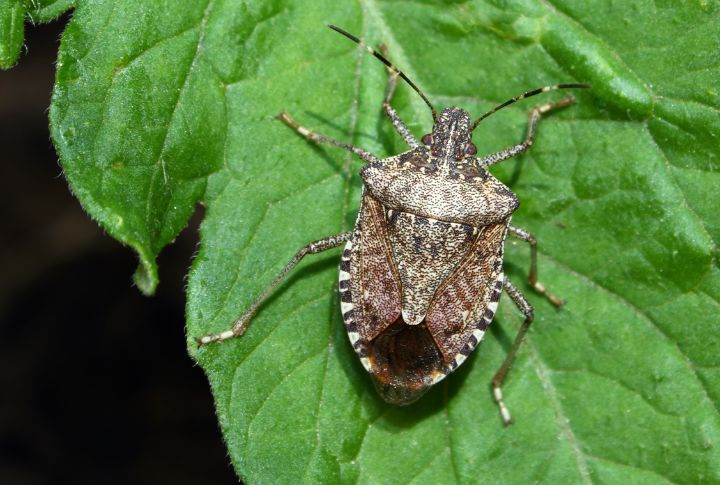
Stink bugs are the pesky and pungent critters that have made themselves right at home all across the US. These little guys can be a nuisance, especially in summer when they seem everywhere. While they may not be everyone’s favorite neighbors, stink bugs have a knack for keeping us on our toes with their peculiar traits and habits. From their unusual appearance to their unmistakable odor, here are 15 facts you didn’t know about stink bugs.
Stink Bugs Spend Their Winters In Hibernation
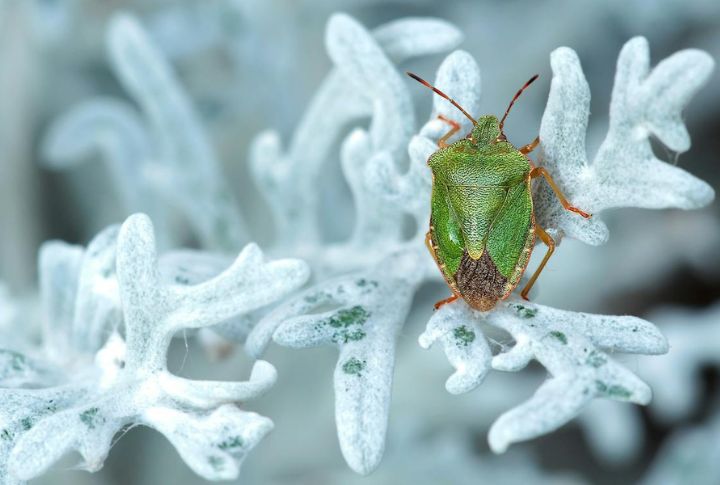
During winter, stink bugs undergo a hibernation-like state called “diapause.” During this time, their metabolism slows dramatically, and their body temperature drops, allowing them to survive without food for extended periods.
The Fertility Of Stink Bugs
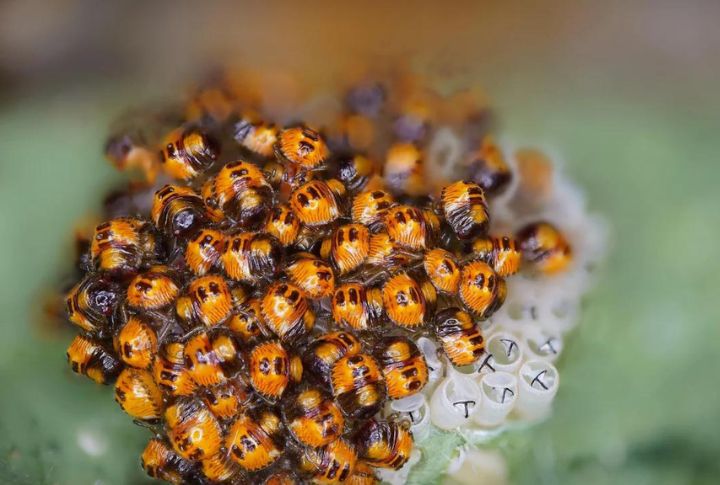
Stink bugs have astounding reproductive capabilities. A single female stink bug can lay 400 eggs during her lifetime. The eggs are laid in tightly grouped, barrel-shaped clusters of 20-30. It takes 40 to 60 days for hatchlings to develop into adults.
Defensive Odor
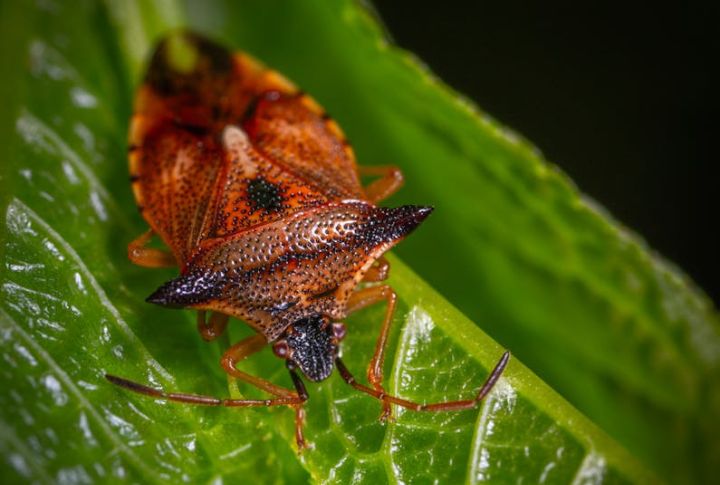
One of the most distinctive features of stink bugs is their ability to produce a foul-smelling odor when threatened or crushed. This defensive mechanism helps ward off their prey, earning them their name. This odor can vary in intensity depending on the species and is produced by specialized glands on the underside of the stink bug’s thorax. The specialized glands are called metathoracic scent glands.
Stink Bugs Arrived Here By Accident
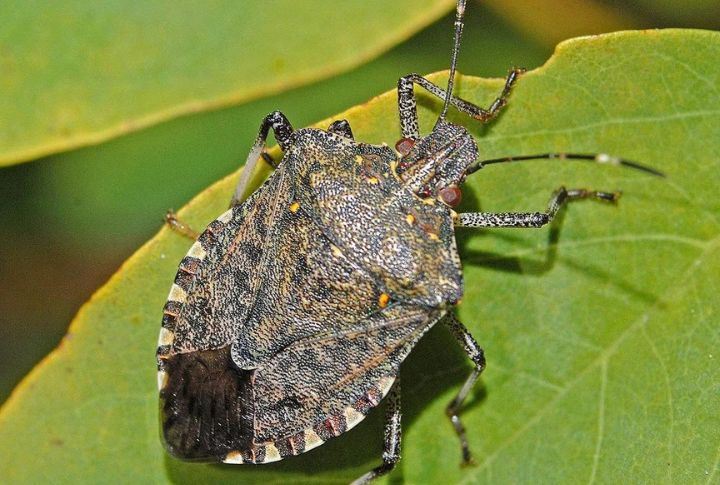
In 1998, the first stink bug discovered in the US wasn’t a welcomed guest but an uninvited stowaway found in a fruit crate in Allentown, Pennsylvania. Since then, they have spread rapidly, becoming widespread travelers across the continent and beyond. Their unintentional global journeys have made them a common sight in many regions.
Stink Bugs’ Varied Diet
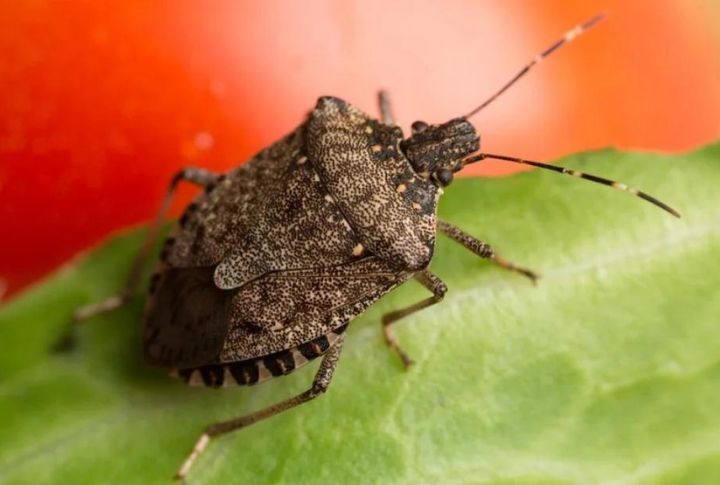
Stink bugs have a diverse diet, feeding on plant juices and other insects. Also, these critters can be beneficial by preying on some insects like caterpillars and aphids. However, they can also be considered pests as they cause damage to crops, fruits, and ornamental plants.
Surprising Flight Skills

Stink bugs indeed look clumsy, but they are excellent fliers. They can cover long distances to find food, mates, and suitable habitats, contributing significantly to their reputation as invasive pests across the globe.
The Symphony Of Stink Bug Communication
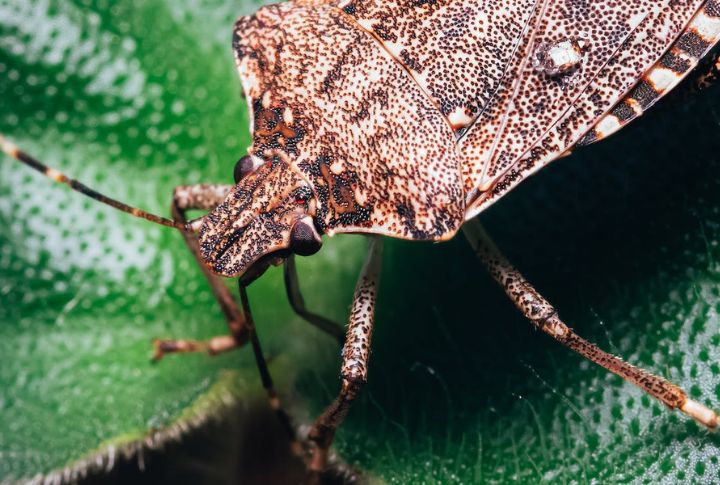
Certain species of stink bugs can produce sounds through a process called stridulation. This sound production is believed to communicate or defend against predators. By rubbing body parts together, stink bugs create a unique “song” that adds an auditory dimension to their defensive strategies.
The Armor Of Stink Bugs
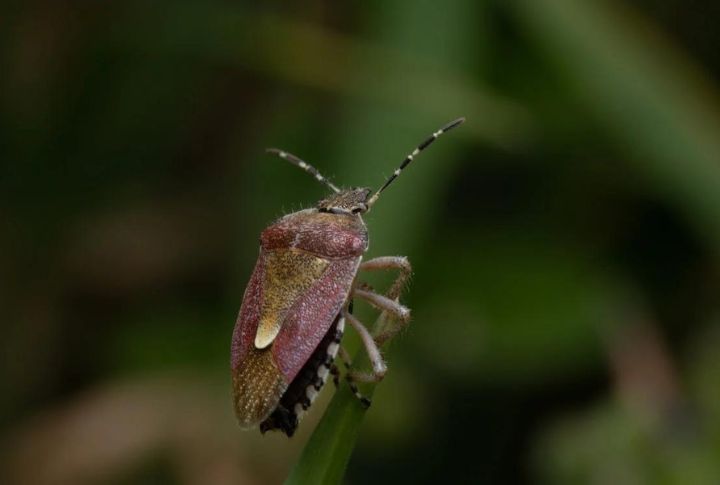
Stink bugs’ tough exoskeleton is their primary defense against their prey and environmental hazards, allowing them to withstand various challenges.
Natural Enemies Of Stink Bugs
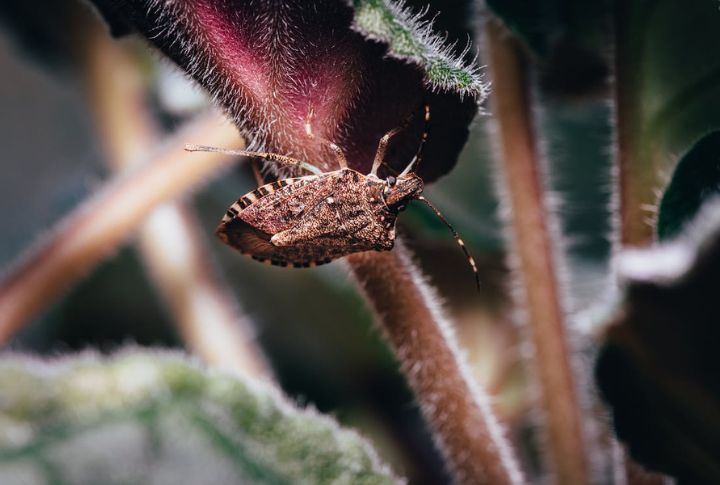
Stink bugs have natural enemies that help keep their populations in check. Birds, lizards, spiders, and other insects prey on stink bugs, crucial in maintaining ecological balance.
Stink Bugs’ Traveling Tactics
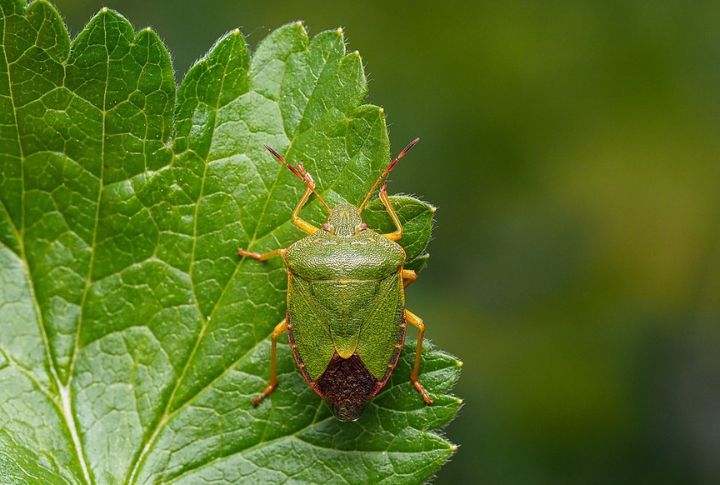
Stink bugs are adept at hitchhiking and can inadvertently travel long distances by hiding in various objects. Their ability to spread rapidly allows them to hitch rides on plants, vehicles, luggage, and other items.
Non-Chemical Methods For Stink Bug Management
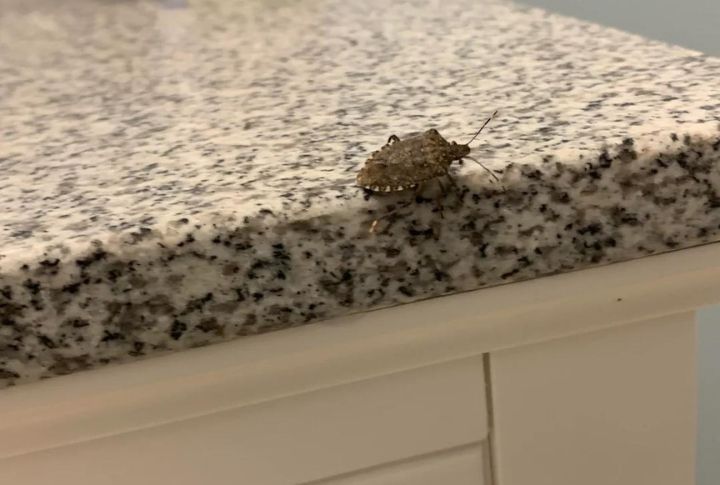
When dealing with stink bug infestations, homeowners can use several non-chemical control methods. Sealing cracks, gaps, and other entry points around windows, doors, and vents can prevent stink bugs from entering buildings. Additionally, using physical barriers such as screens and traps can help keep stink bugs away without the need for harmful pesticides.
Stink Bugs’ Role In Nature
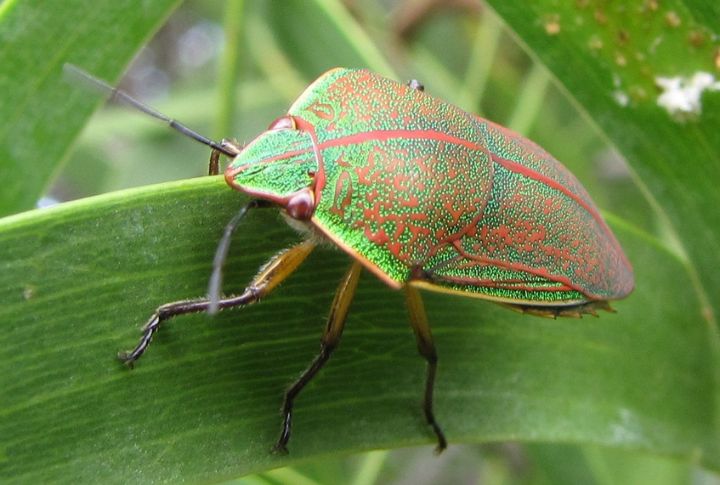
Despite their reputation as pests, stink bugs play an essential role in ecosystems. They contribute to pollination by feeding on plant juices and serve as predators of other insects, helping maintain ecological balance. People can develop more sustainable approaches to managing stink bug populations by understanding and appreciating their environmental role.
Stink Bugs’ Diverse Species
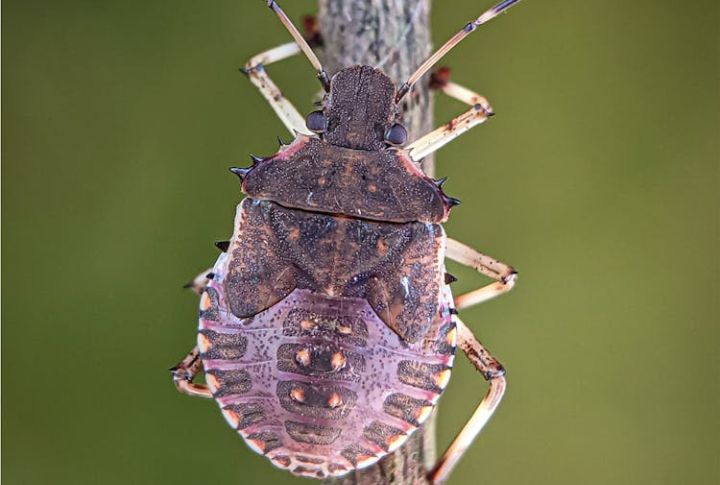
With over 5,000 species of stink bugs around the world, each exhibits unique characteristics and behaviors. With such a diverse group within the insect kingdom, it’s fantastic to see the variety of adaptations and features that stink bugs have developed.
Ancient Origins
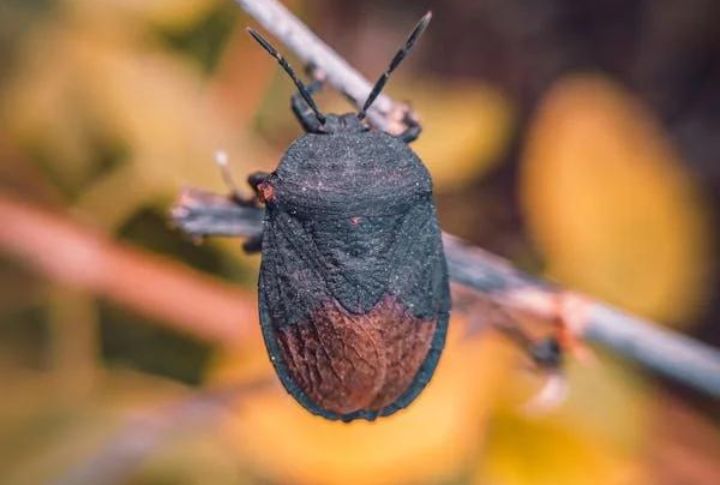
Stink bugs have been around for a long time. Fossil records suggest that these resilient insects have roamed the Earth for over 200 million years, adapting to various environments. Their longevity speaks to their evolutionary success and ability to thrive in a changing world.
Pheromone Communication
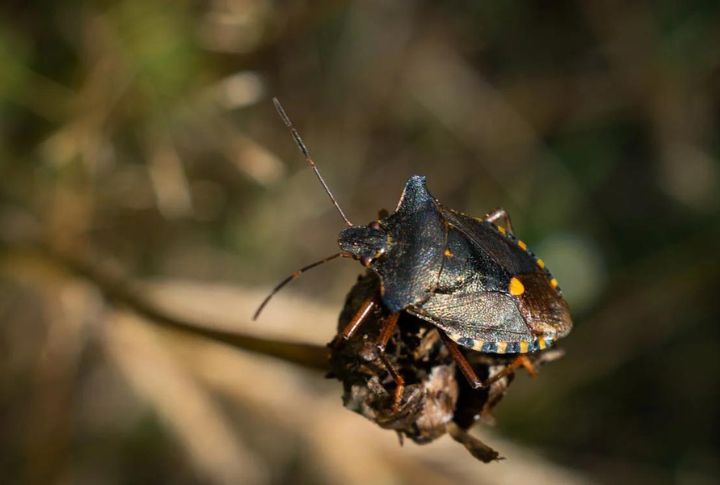
Stink bugs use pheromones to communicate with each other and it plays a crucial role in mating, territory marking, and even aggregation during winter months. By releasing specific pheromones, stink bugs can attract potential mates or signal danger to others nearby.


Comments
Loading…